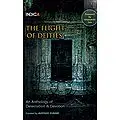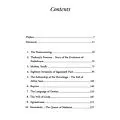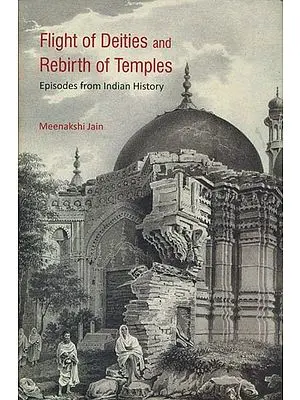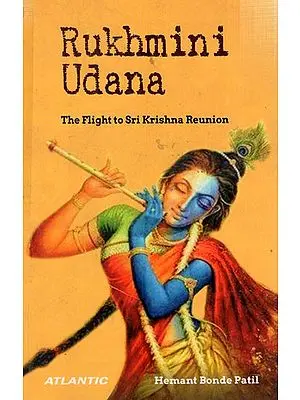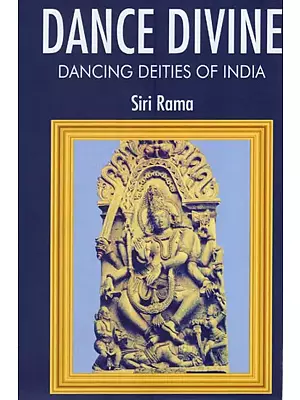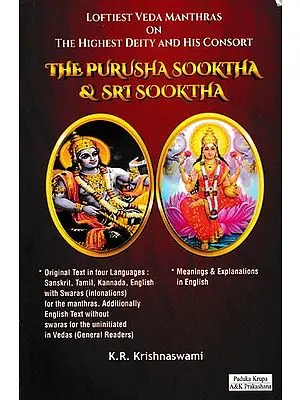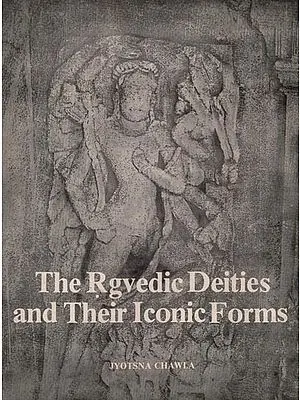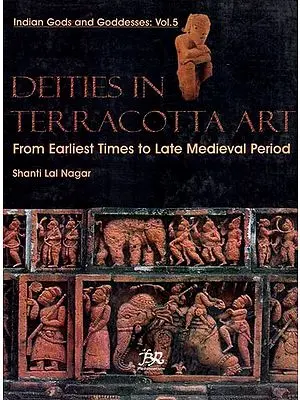The Flight of Deities: An Anthology of Desecration & Devotion
| Item Code: | BAC692 |
| Publisher: | Indica |
| Author: | Avatans Kumar |
| Language: | English |
| Edition: | 2023 |
| ISBN: | 9798890268174 |
| Pages: | 271 |
| Cover: | PAPERBACK |
| Other Details | 8.00 X 5.00 inch |
| Weight | 280 gm |
A collection of stories based on actual historical events as depicted in Padmasri Meenakshi Jain’s seminal book “Flight of Deities”. Inspired by the historical account, various authors have each focused on a unique historical event, clothed it in flesh and bones, and brought it to life through the magic of prose. From Aryavarta to Dakshinatwa, from the holy lands of Ayodha, Vrindavan and many more, the stories pace, digging into the harsh realities of foreign invasions while portraying vividly the efforts undergone by the devout to preserve their culture and faith. Tales of human grit and determination to preserve, prevail, persist in the face of brute force and annihilation - truly any book lover’s delight!
Avatans Kumar is a columnist, public speaker, media panelist, and activist.
Originally from Patna, Bihar, Avatans holds graduate degrees in Linguistics from Jawaharlal Nehru University and the University of Illinois at Urbana-Champaign where he also taught Linguistics, and Hindi as a foreign language respectively.
Several of his Hindi poems have also been published.
As a trustee, Avatans leads the US operations of Indic Academy, incorporated as INDICA, Inc., a 501(c)(3) not-for-profit organization in the US. INDICA seeks to preserve India's traditional institutions, knowledge, and practices; protect her identity against distortions; and promote Indic thought to local and global consumers, practitioners, and seekers.
I conoclasm is an expression of fanaticism and intolerance, and images have often been destroyed for religious and political purposes throughout history. Beyond barbarism, iconoclasm is primarily an instrument of power. Its gore intends to instill an element of fear among the masses. This ideology of brutality has its antecedents in history, which is replete with examples of iconoclastic destructions. Catherine Nixey's 'The Darkening Age: The Christian Destruction of the Classical World' describes in eye-popping graphic details the destruction and gore of the ancient temples of Serapeum in Alexandria and the Parthenon in Athens.
Chairman Mao Zedong of China ordered the destruction of countless historical monuments and works of art during what is known as the Cultural Revolution. In 2001 Mullah Mohammad Omar, the Taliban leader, ordered the Bamiyan Buddha's blowing up in Afghanistan. Initially sculpted in 507 CE, this ancient sandstone carving was once the tallest Buddha. Taliban fighters fired at the Buddha with tanks and artillery shells. When that failed, they ordered the planting of explosives to destroy it. Taliban fighters drilled holes into the statue to plant the dynamite.
The drilling holes blowing up the Buddha image took 25 days to complete. The Islamic State did the same to the temples of Palmyra.
For Indians, Hindus specifically, the massive destruction of temples and the desecration and dismemberment of their deities throughout the past millennia have been an acute source of transgenerational trauma. The fact that no standing grand ancient Hindu temple older than about a hundred years exists in and around the National Capital Region of Delhi accentuates this trauma. Among thousands of silent yet an in-your-face reminder of that trauma is the ruins of 26 Jain-Hindu temples in Mehrauli, near Delhi. The Muslim ruler destroyed the temple complex to erect a victory tower and the Dome of Islam Mosque. Meenakshi Jain's book 'Flight of Deities and Rebirth of Temples - Episodes from Indian History' details Hindu deities' desecration, destruction, and preservation at significant risks by the faithful.
Over time and maliciously, Leftist historians perpetuated a narrative that, historically, Hindus were not attached to their sacred spaces, such as temples. One argument supporting their blatant misinformation is that Hindus did not leave a textual or literary record of such destruction or trauma. In her painstakingly exhaustive research, Pama Shri Dr. Meenkshi Jain presents the evidence to the contrary. Padma Shri Jain's book, Flight of Deities and Rebirth of Temples Episodes from Indian History, presents numerous examples of the destruction of Hindu temples. The book also presents heartbreaking stories of hiding and protecting deities from the temple.
The perils of not having your own historians were encapsulated in an old African saying that till the lions (i.e., the hunted) have their own historians, the history of the hunted will always glorify the hunter.
India is perhaps a rare exception to that adage. Though divested of political power for long stretches of time over considerable parts of their land, Hindus managed to leave substantial records of their endeavours to protect their civilizational heritage in the turbulent medieval era. By all standards, it was a remarkable accomplishment.
The first contemporary account to have come down to us dates to the time of Mahmud Ghaznavi's invasion of Somnath. Dhanapala, a Jain poet and scholar at the court of the Paramara king, Bhoja, composed the Satyapuriya Mahavira Utsaha, in 1024 CE. It is the only surviving eyewitness account of Mahmud Ghaznavi's attack on Gujarat, including the revered city of Somnath.
Dhanapala listed the numerous cities devastated by the invader; Srimala (Bhinnamala), Anhilavadau (Anhilvada- Patana), Caddavalli (Candravati), Soratthu (Sorath), Devalavadau (Delvada), and Somessar (Somnath). He further asserted that Mahmud could not destroy the image of Tirthankara Mahavira at Saccaur (Satyapura); "For can even a large number of stars dim the light of the Sun or snakes swallow Garuda?"
Another valuable work is the Vividtirthakalpa (1333 CE), by Jinaprabhasuri (1261-1333), leader of a branch of the Shwetambar Jains. Jinaprabhasuri visited several ravaged Jain holy sites in north India and, to reassure his community, recorded the triumph of the faith in every instance of its encounter with Islam. Though kingdoms collapsed and cities were reduced to ruins, the images continued "working their magic." Several other works composed in the medieval period narrated how images mutilated by iconoclasts demonstrated a "heightened ability" to perform miracles.
Temple hagiographies (mahatmyas) and site histories (sthala puranas) composed in those tempestuous times, like the Ekalinga mahatmya, gave considerable thought to the protection of sanctified spaces and images from iconoclastic fervour.
In south India, the foremost work to address the horrific new reality is the Madura Vijaya, a Sanskrit poem composed in the fourteenth century by Ganga Devi, wife of prince Kampana of Vijayanagara.
Book's Contents and Sample Pages
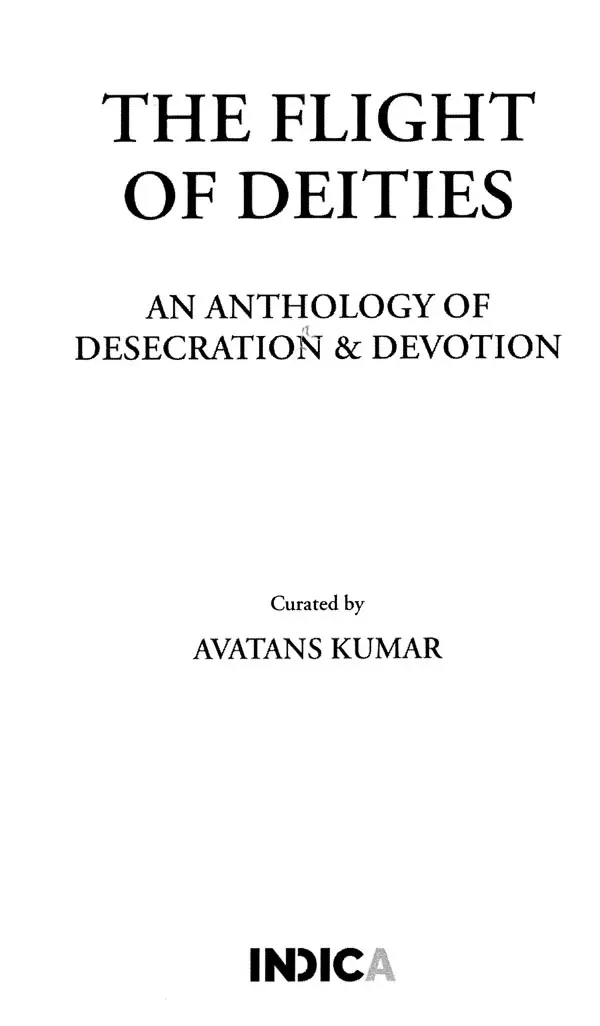

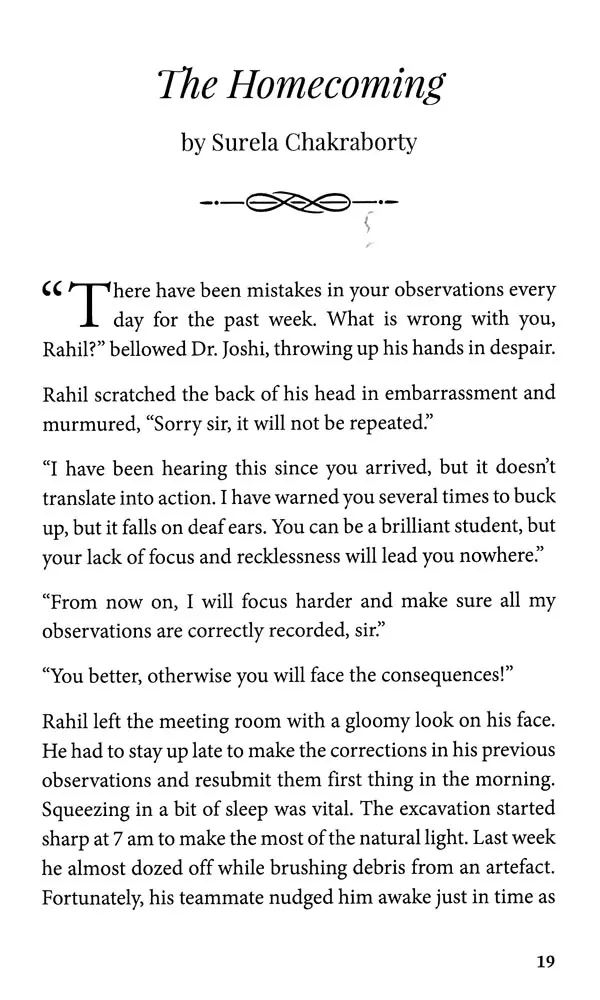
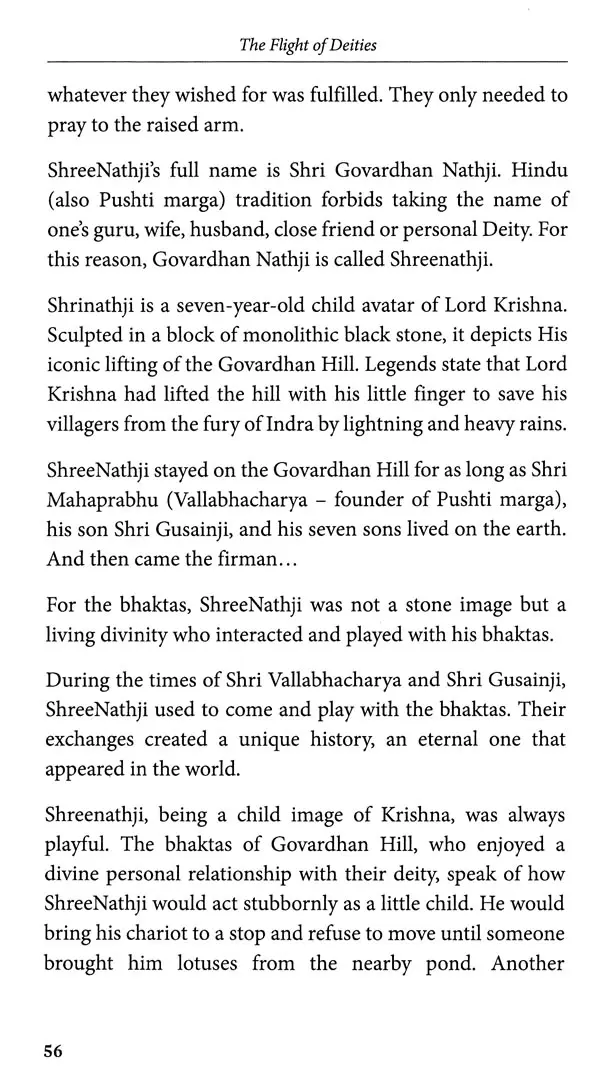
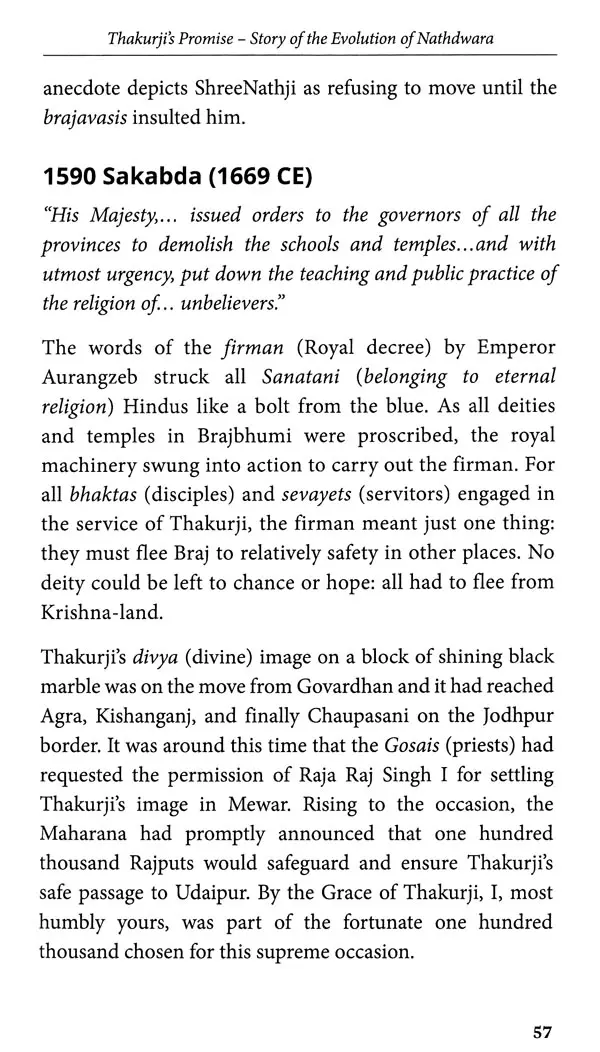
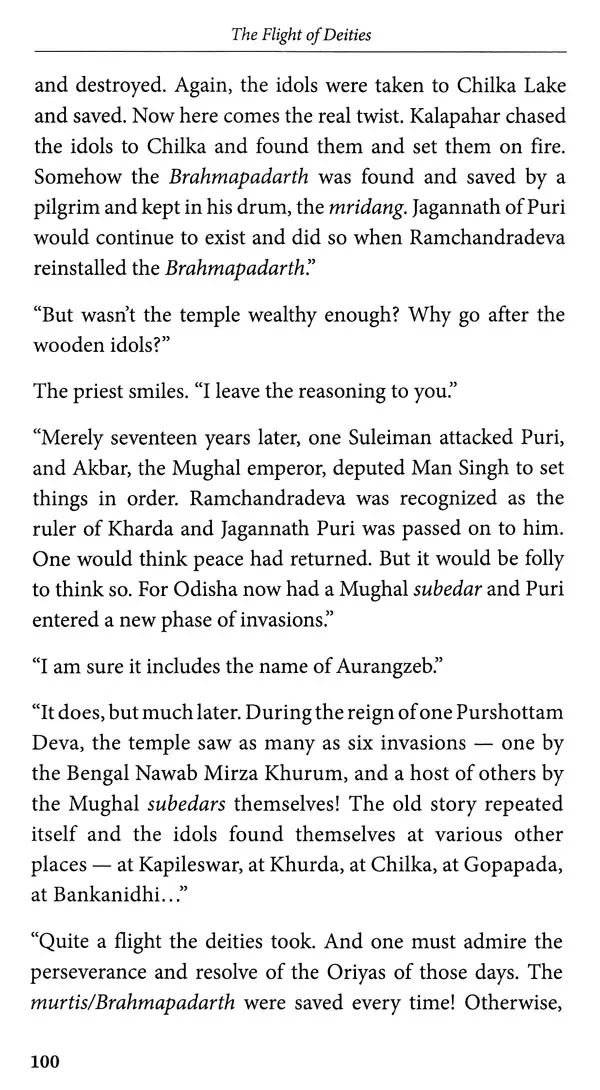
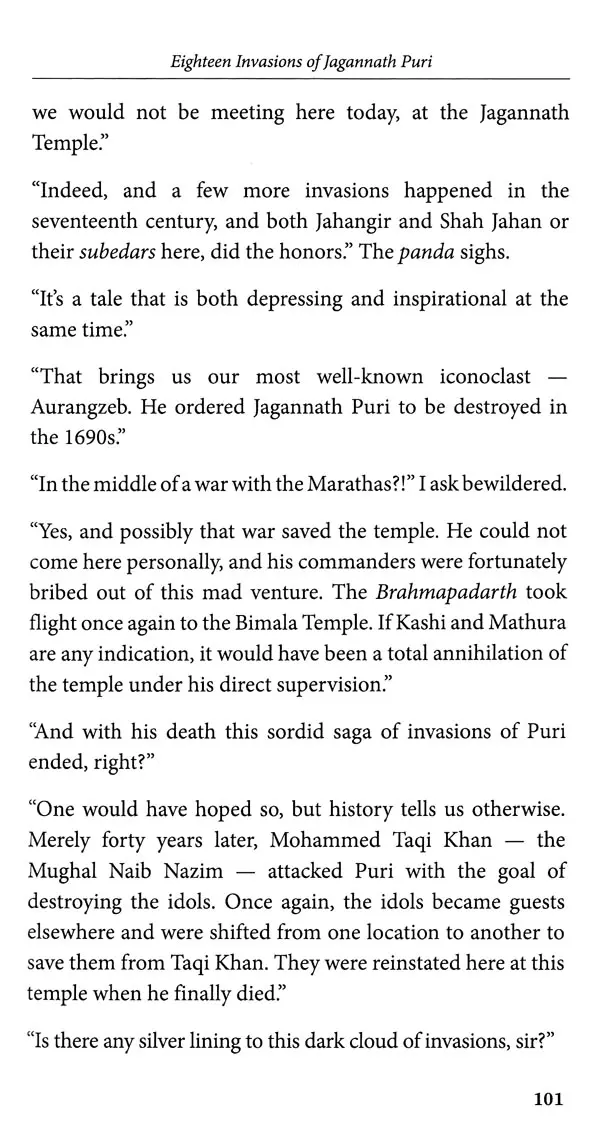
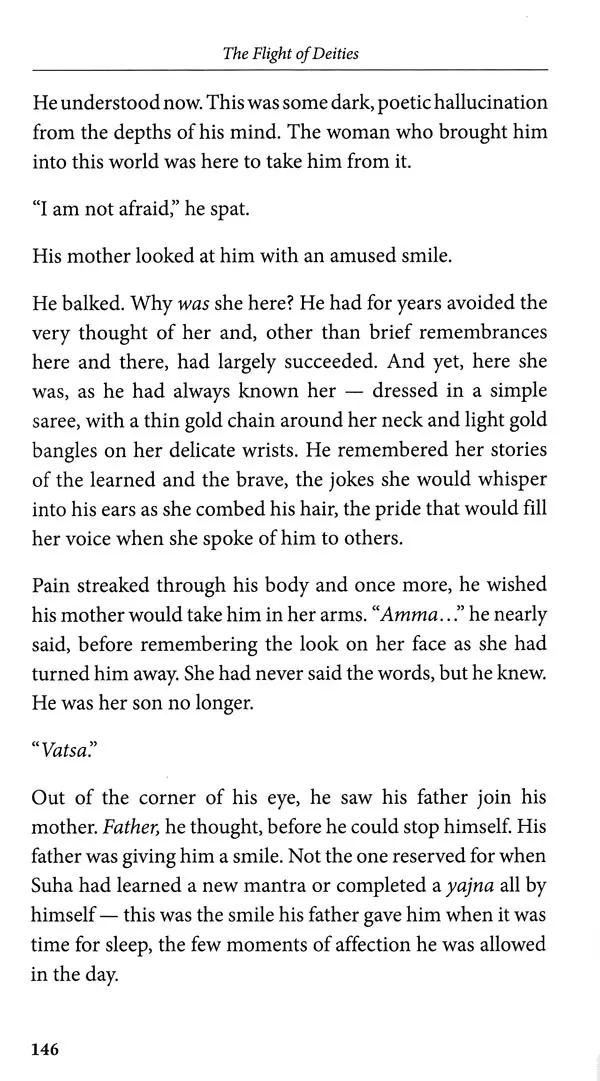
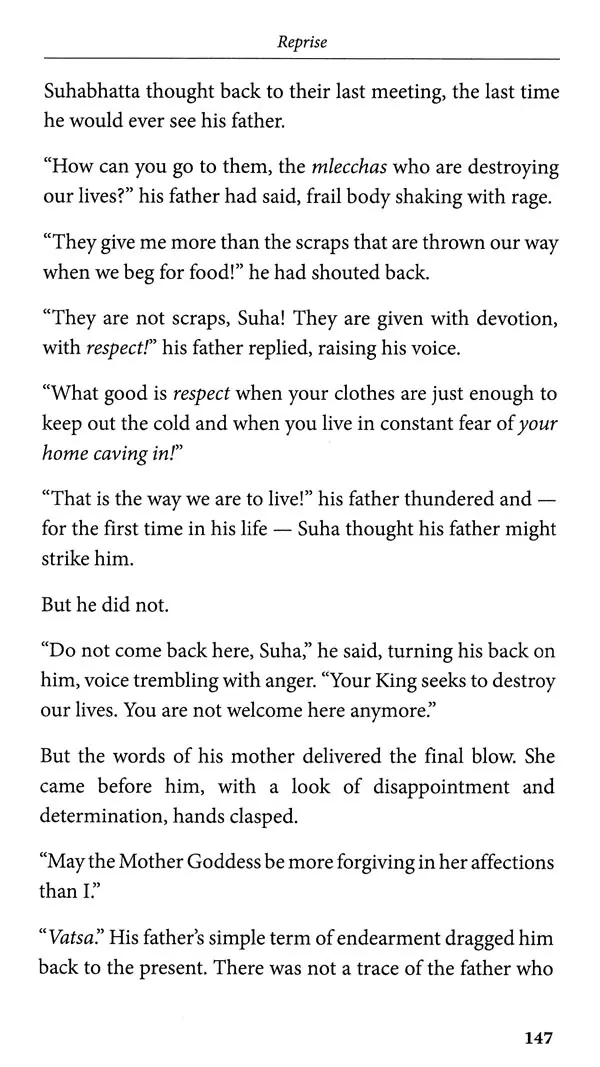
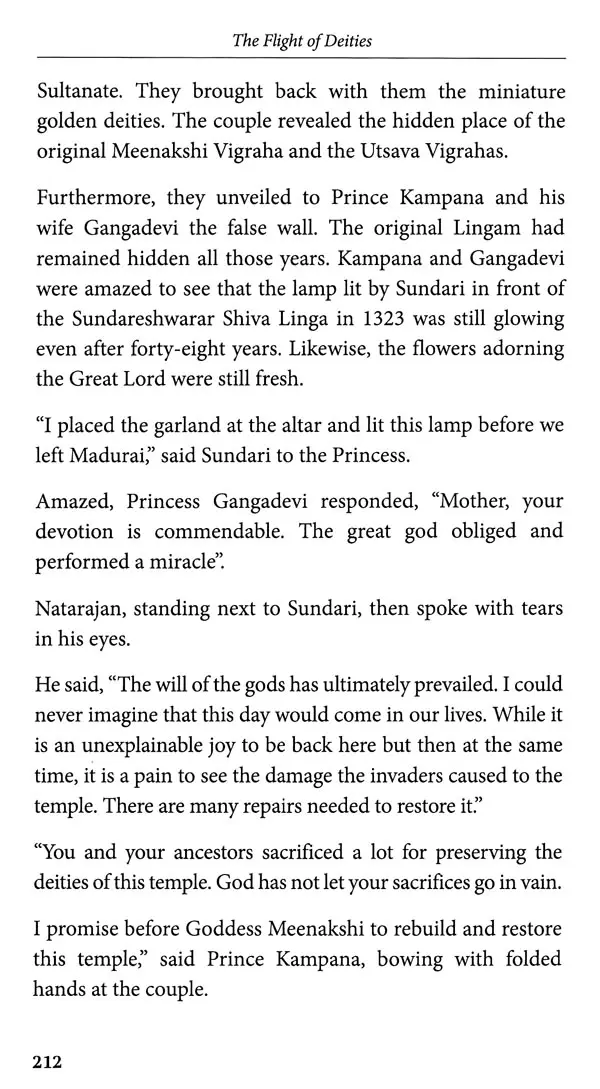
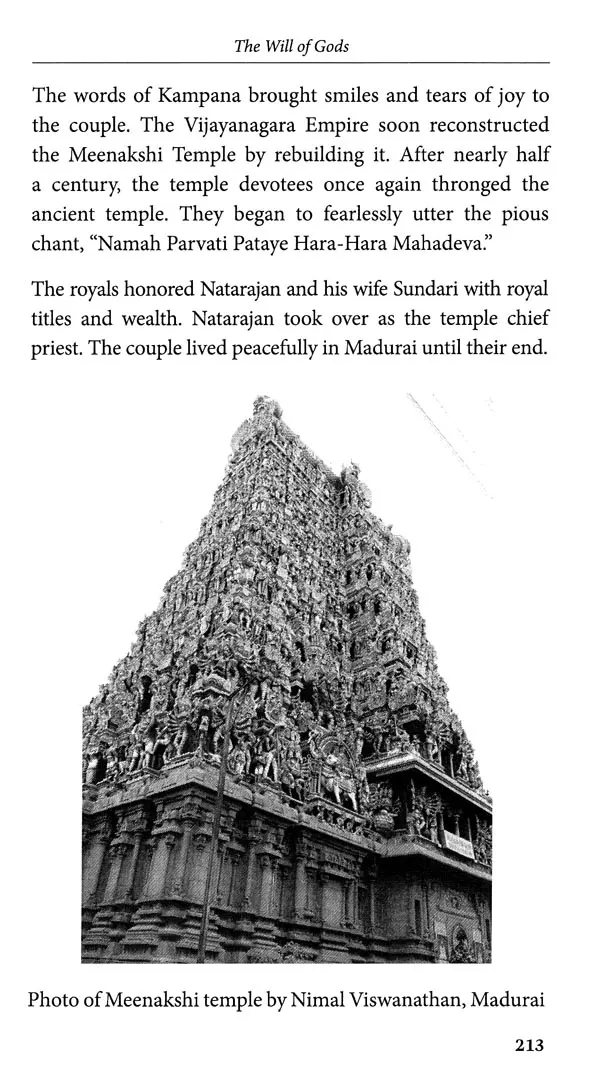
-
Q. What locations do you deliver to ?A. Exotic India delivers orders to all countries having diplomatic relations with India.
-
Q. Do you offer free shipping ?A. Exotic India offers free shipping on all orders of value of $30 USD or more.
-
Q. Can I return the book?A. All returns must be postmarked within seven (7) days of the delivery date. All returned items must be in new and unused condition, with all original tags and labels attached. To know more please view our return policy
-
Q. Do you offer express shipping ?A. Yes, we do have a chargeable express shipping facility available. You can select express shipping while checking out on the website.
-
Q. I accidentally entered wrong delivery address, can I change the address ?A. Delivery addresses can only be changed only incase the order has not been shipped yet. Incase of an address change, you can reach us at help@exoticindia.com
-
Q. How do I track my order ?A. You can track your orders simply entering your order number through here or through your past orders if you are signed in on the website.
-
Q. How can I cancel an order ?A. An order can only be cancelled if it has not been shipped. To cancel an order, kindly reach out to us through help@exoticindia.com.
